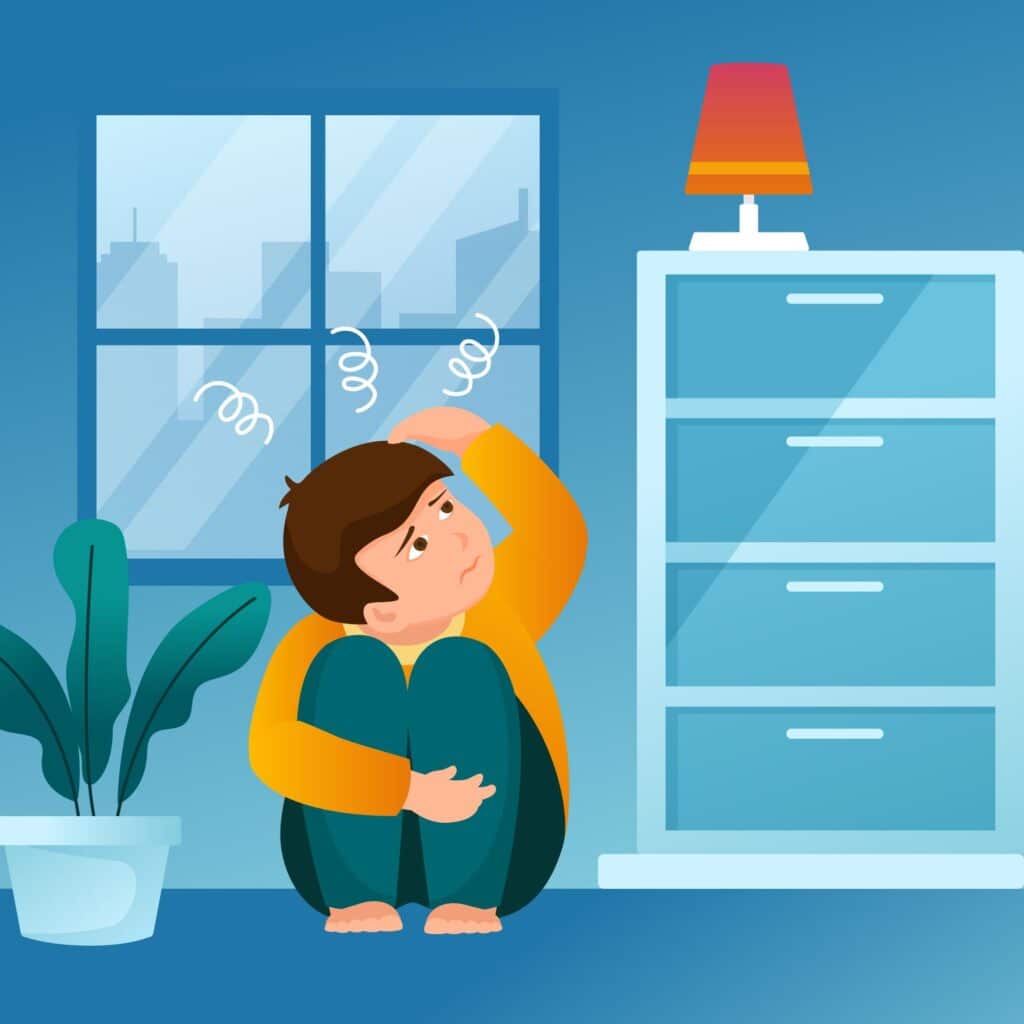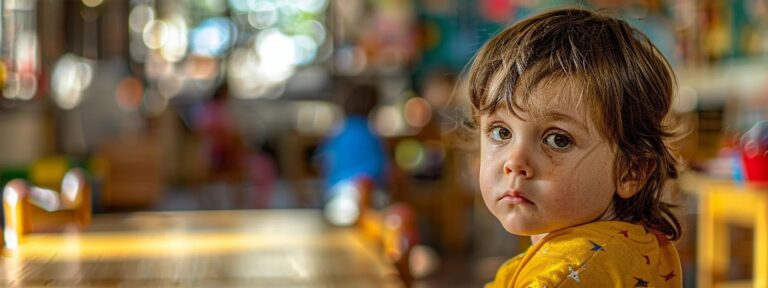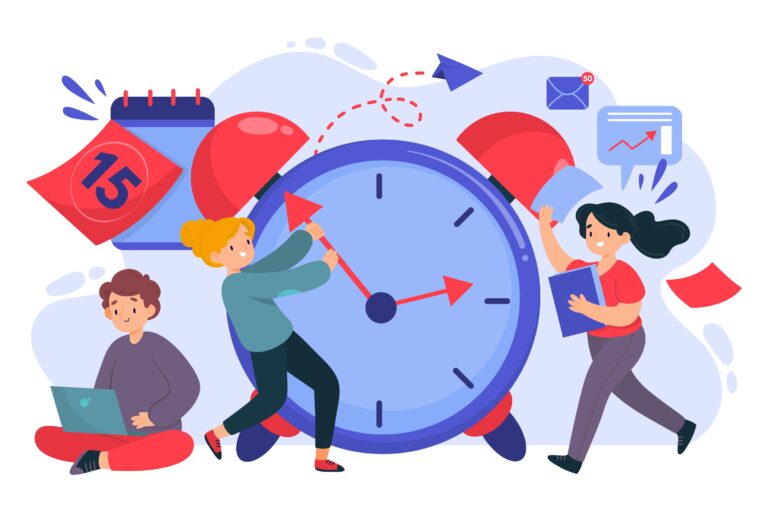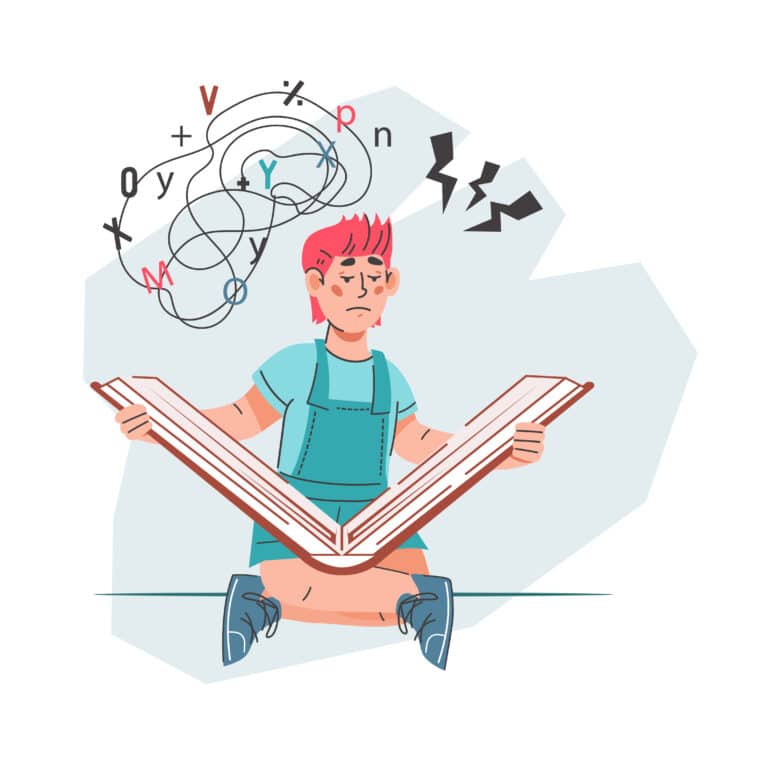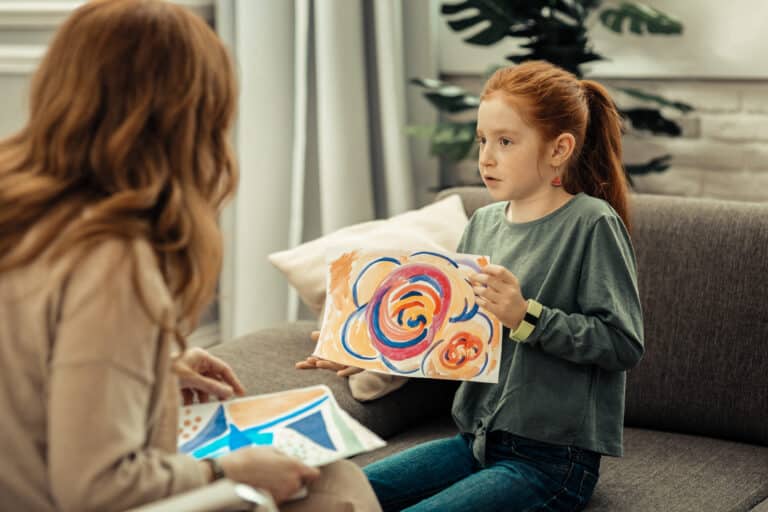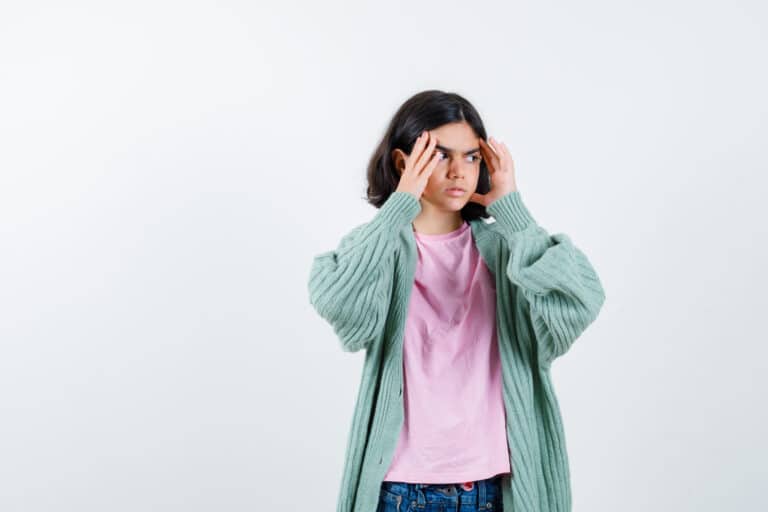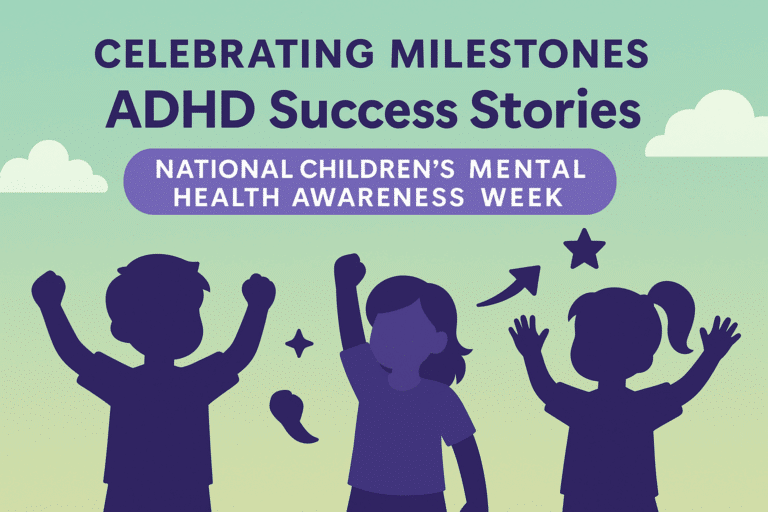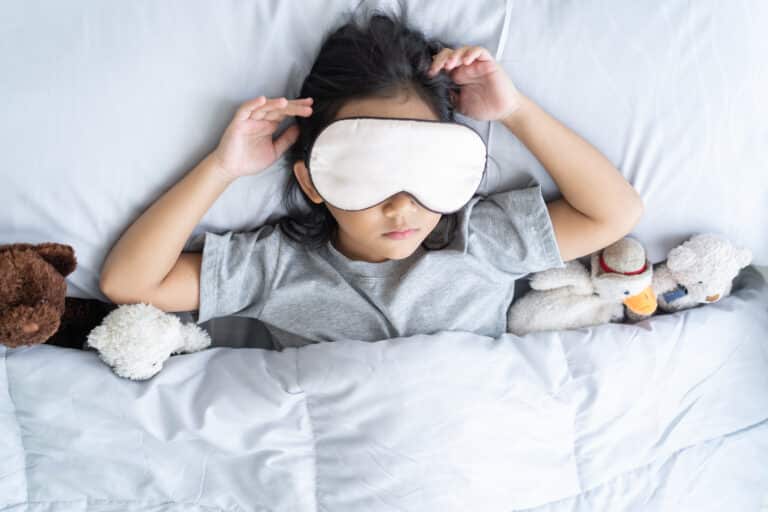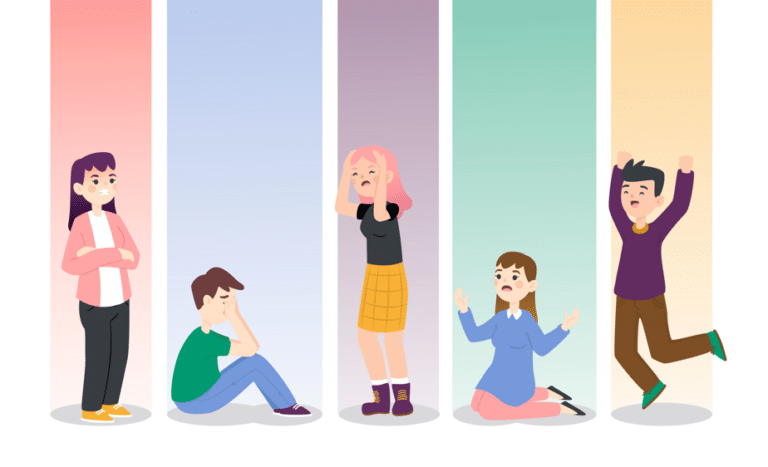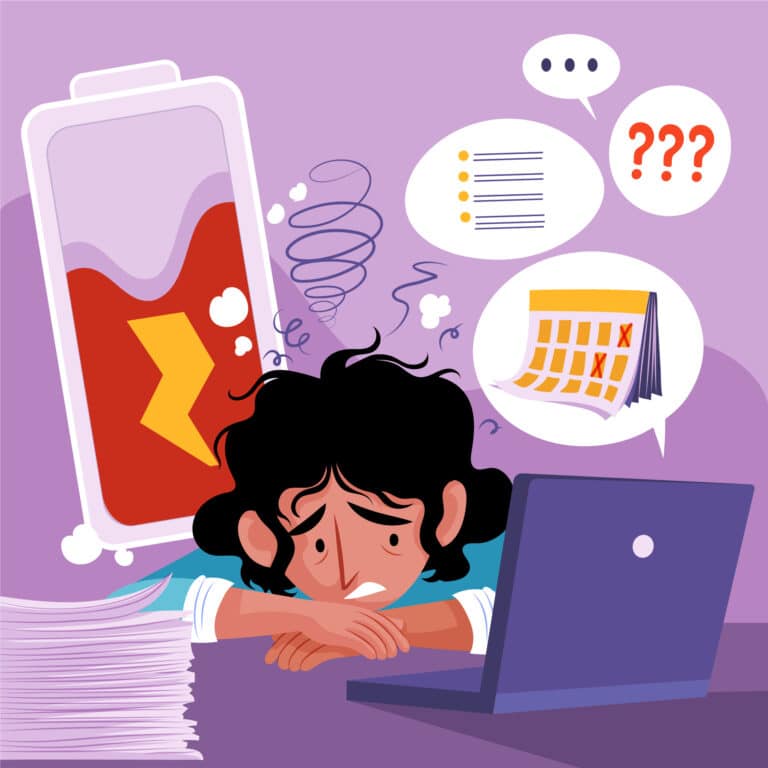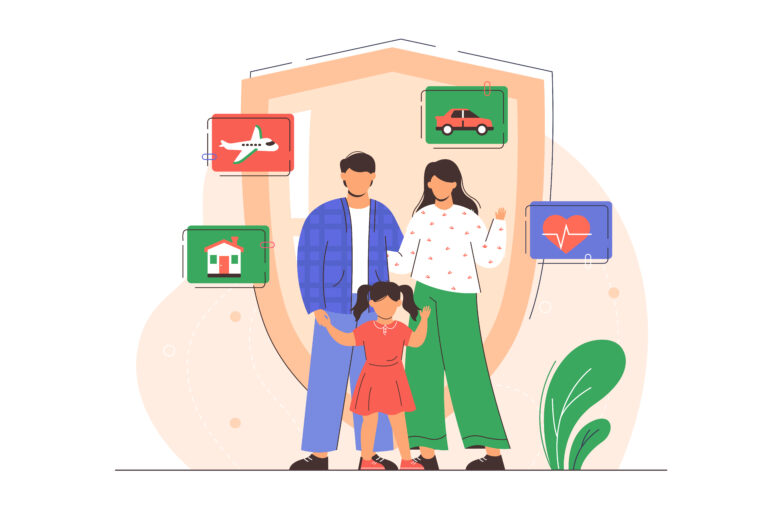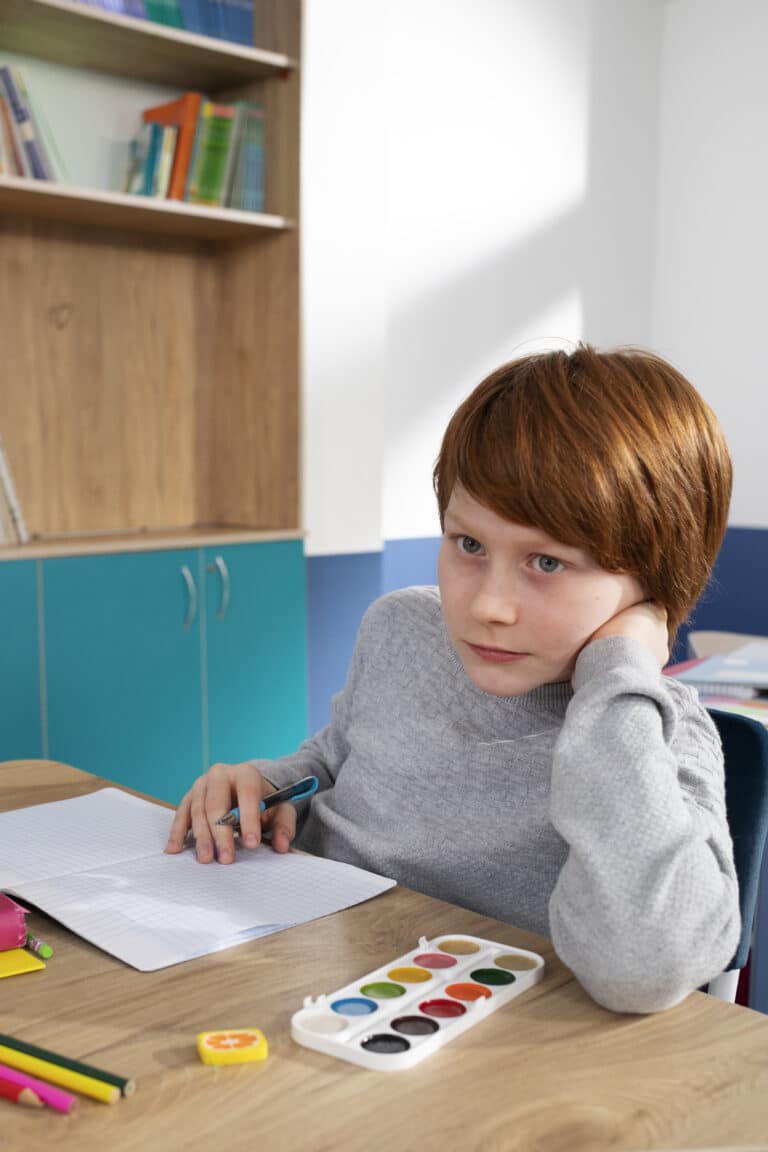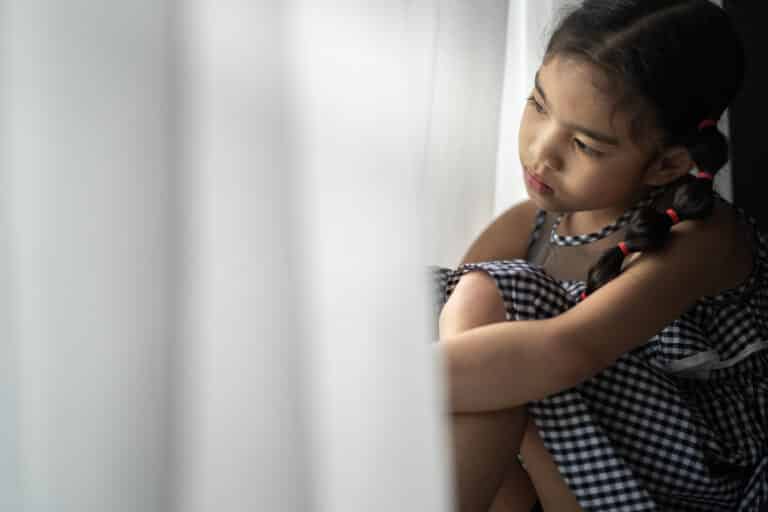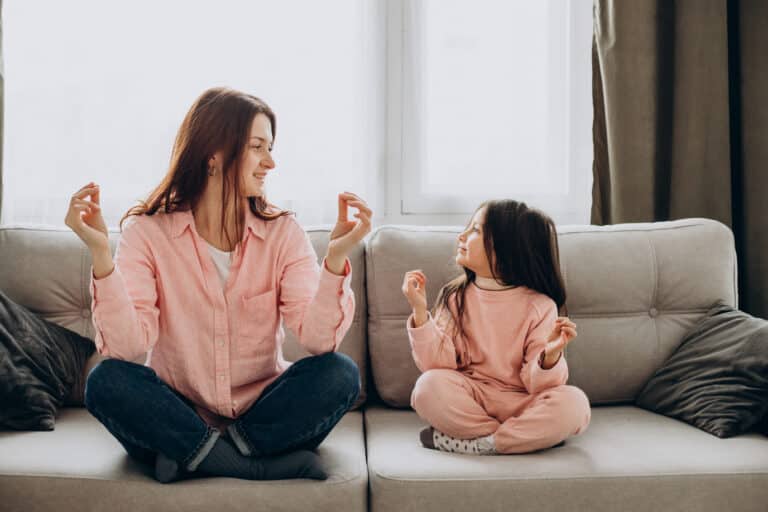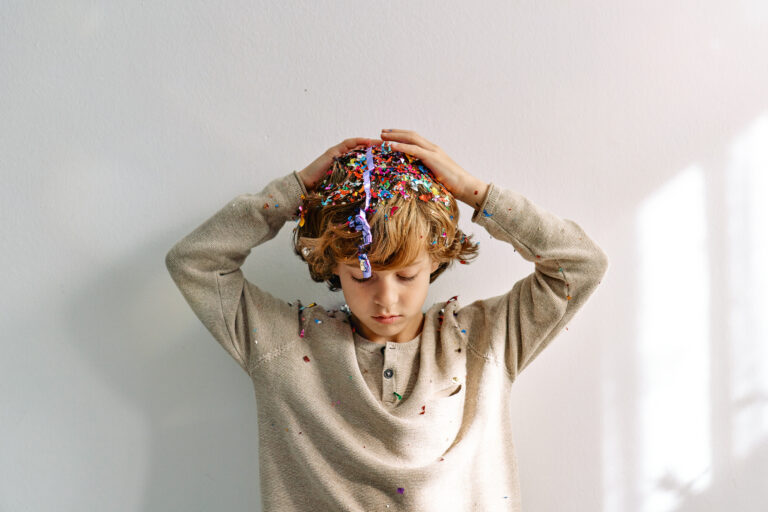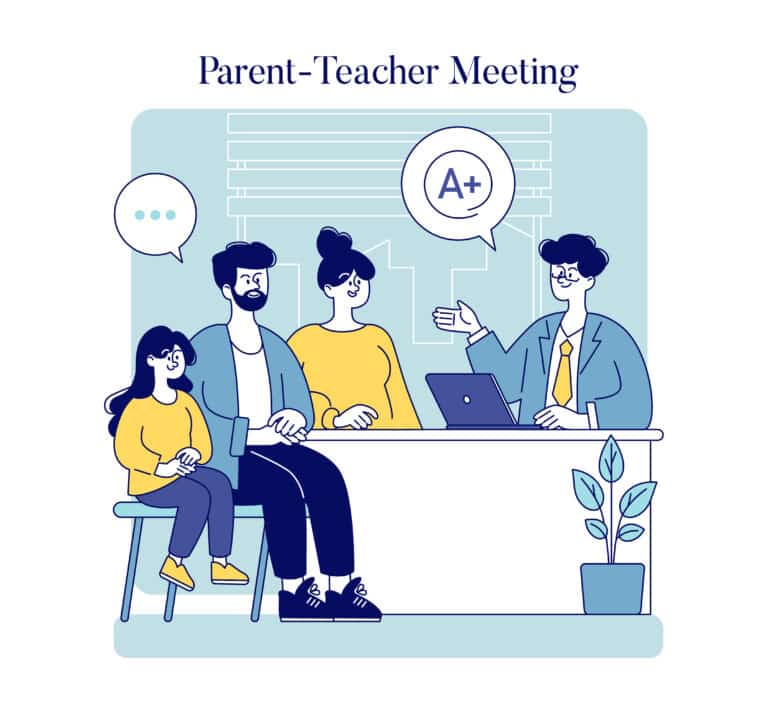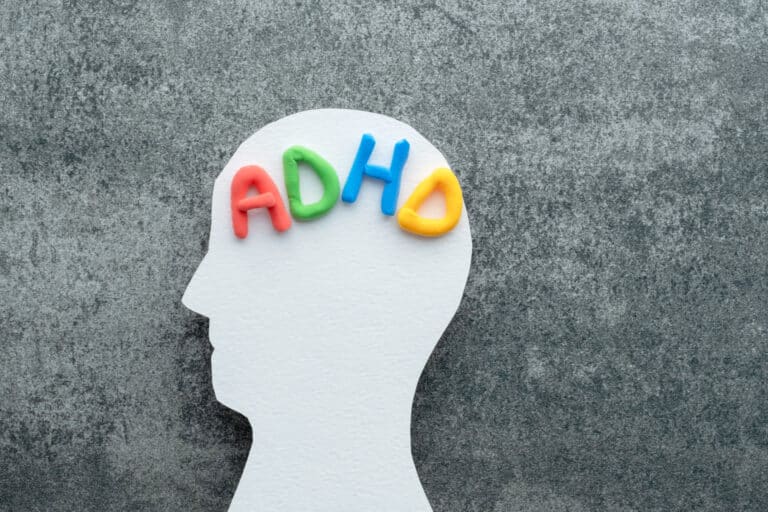Anxiety in children is a natural part of growing up but can become problematic when it interferes with daily life, school, and relationships. By understanding common triggers, recognizing the signs, and implementing strategies to support your child, you can make a meaningful impact on their emotional well-being.
What is Anxiety in Children?
Anxiety in children ranges from occasional nervousness to more persistent disorders, such as:
- Separation Anxiety
- Generalized Anxiety Disorder (GAD)
- Social Anxiety Disorder
These conditions often stem from everyday stressors like family changes, academic challenges, or social pressures. Recognizing the difference between typical childhood worries and anxiety disorders is critical for providing appropriate support.
Signs of Anxiety in Children
Children may express their anxiety in subtle or indirect ways. Watch for:
- Behavioral Symptoms: Avoidance of certain places, people, or activities.
- Physical Complaints: Frequent stomachaches, headaches, or unexplained illnesses.
- Emotional Indicators: Irritability, clinginess, or frequent meltdowns.
- Sleep Disturbances: Difficulty falling asleep or experiencing nightmares.
- Withdrawal: Reluctance to attend school or participate in activities they once enjoyed.
Common Anxiety Triggers in Children
Understanding what causes anxiety is the first step in managing it effectively. Common triggers include:
- Separation Anxiety: Fear of being away from caregivers, often seen in younger children.
- Social Anxiety: Fear of judgment or embarrassment in social situations, prevalent in older children and teens.
- Academic Pressure: Stress over tests, homework, or performance expectations.
- Life Transitions: Moving, changing schools, or family changes like divorce or a new sibling.
- Traumatic Events: Illness, accidents, or the loss of a loved one.
How to Help Your Anxious Child
1. Create a Safe Space for Open Communication
Encourage your child to share their feelings without fear of judgment. Ask open-ended questions, such as:
- “How are you feeling about school?”
- “What’s been on your mind lately?”
2. Teach Coping Skills
Introduce techniques like:
- Deep Breathing: Slowing their breath to calm their body and mind.
- Mindfulness: Practicing grounding exercises to focus on the present moment.
- Guided Imagery: Visualizing a safe, calming place.
3. Encourage Gradual Exposure
Help your child face their fears step by step. For example, if they fear public speaking, encourage small steps like talking in front of family before progressing to larger audiences.
4. Foster Routine and Predictability
A consistent schedule for meals, bedtime, and schoolwork provides stability and helps reduce feelings of uncertainty.
5. Model Healthy Coping Mechanisms
Children often mimic the behaviors of adults. Demonstrating calm responses to stress teaches your child effective ways to handle their own anxieties.
6. Seek Professional Support
If anxiety disrupts your child’s daily life, consult a therapist specializing in childhood anxiety. Techniques like Cognitive Behavioral Therapy (CBT) are highly effective for managing anxiety.
Treatments for Anxiety in Children
Professional interventions often include:
- Therapy: CBT helps children identify anxiety triggers, challenge negative thoughts, and build coping strategies.
- Medication: In severe cases, a healthcare provider may recommend medication alongside therapy.
- Lifestyle Adjustments: Regular exercise, balanced nutrition, and quality sleep are crucial for managing anxiety.
Frequently Asked Questions (FAQ)
1. What are the most common anxiety disorders in children?
- Separation Anxiety Disorder
- Social Anxiety Disorder
- Generalized Anxiety Disorder
- Specific Phobias
2. How can I tell if my child’s anxiety is more than typical nervousness?
If anxiety consistently disrupts daily life—such as avoiding school, withdrawing socially, or experiencing physical complaints—it’s time to seek professional help.
3. How does therapy help children with anxiety?
Therapies like CBT teach children to manage triggers, challenge negative thought patterns, and build resilience.
4. What if my child won’t talk about their anxiety?
Be patient. Encourage alternative expressions, such as journaling, drawing, or storytelling, to help them communicate their feelings.
5. Are there online resources to support parents of anxious children?
Yes, Pathformers offers expert-designed courses that provide actionable strategies to help children navigate anxiety.
Take the First Step Toward Supporting Your Child
Anxiety in children is manageable with understanding, proactive steps, and professional support when needed. By fostering open communication, teaching effective coping skills, and creating a stable environment, you can help your child overcome anxiety and thrive.
Explore Pathformers Courses
Pathformers offers tailored resources to empower parents with tools to address anxiety triggers and support children’s mental health. Together, we can help children overcome anxiety and build a brighter, more confident future.

